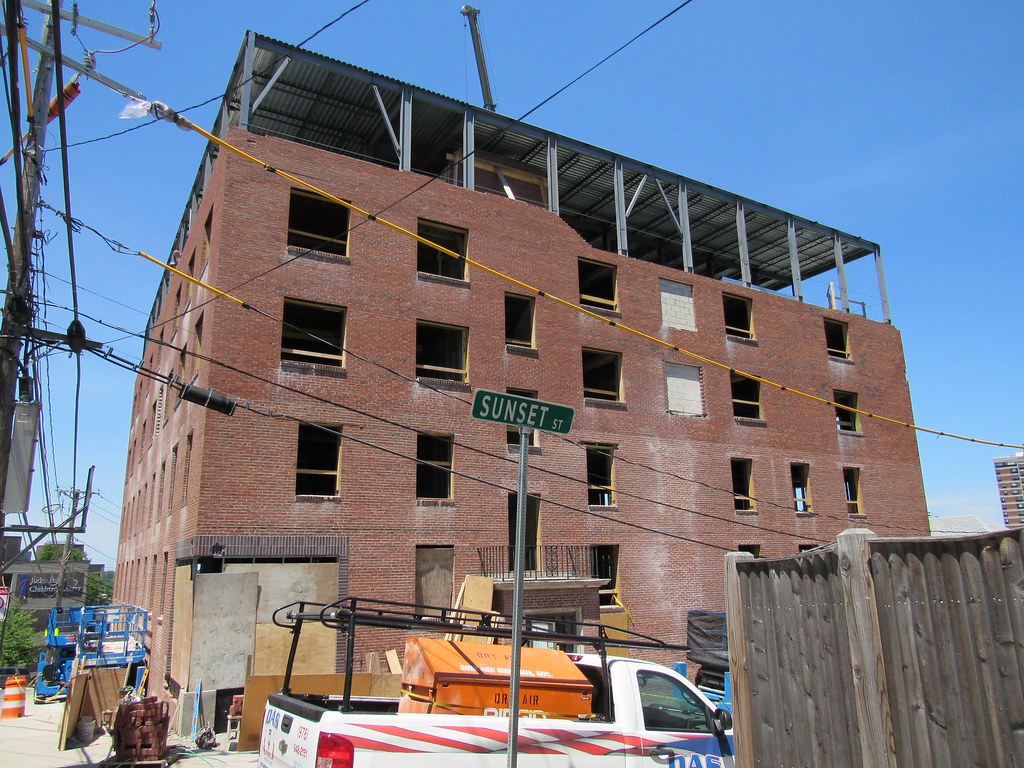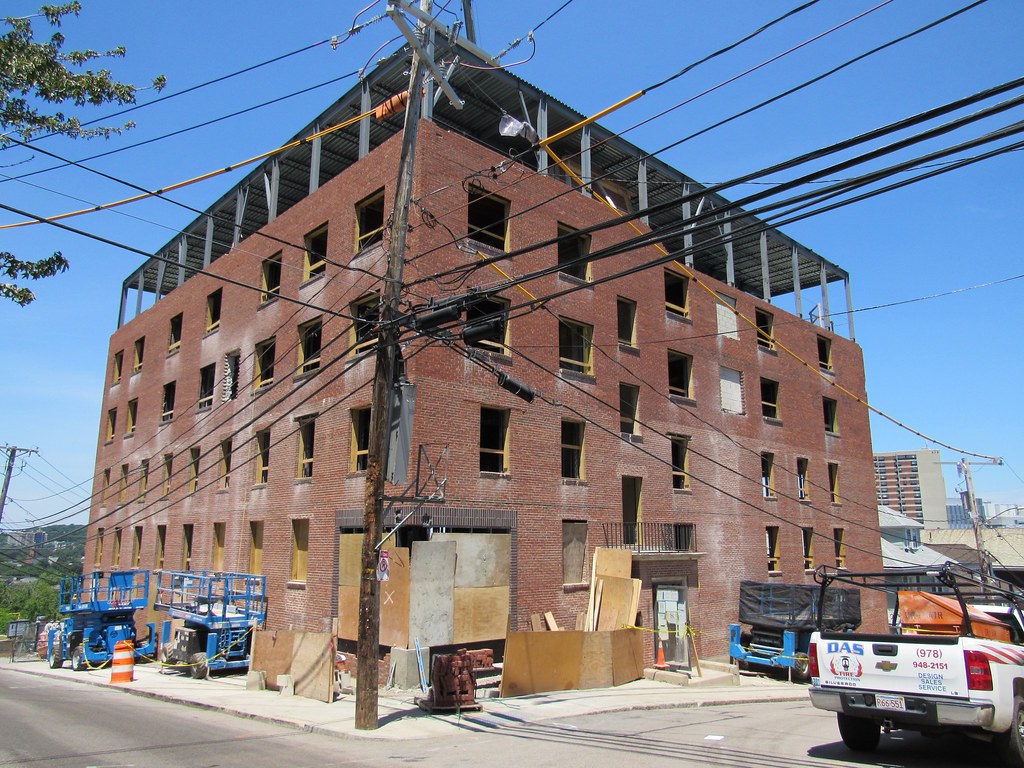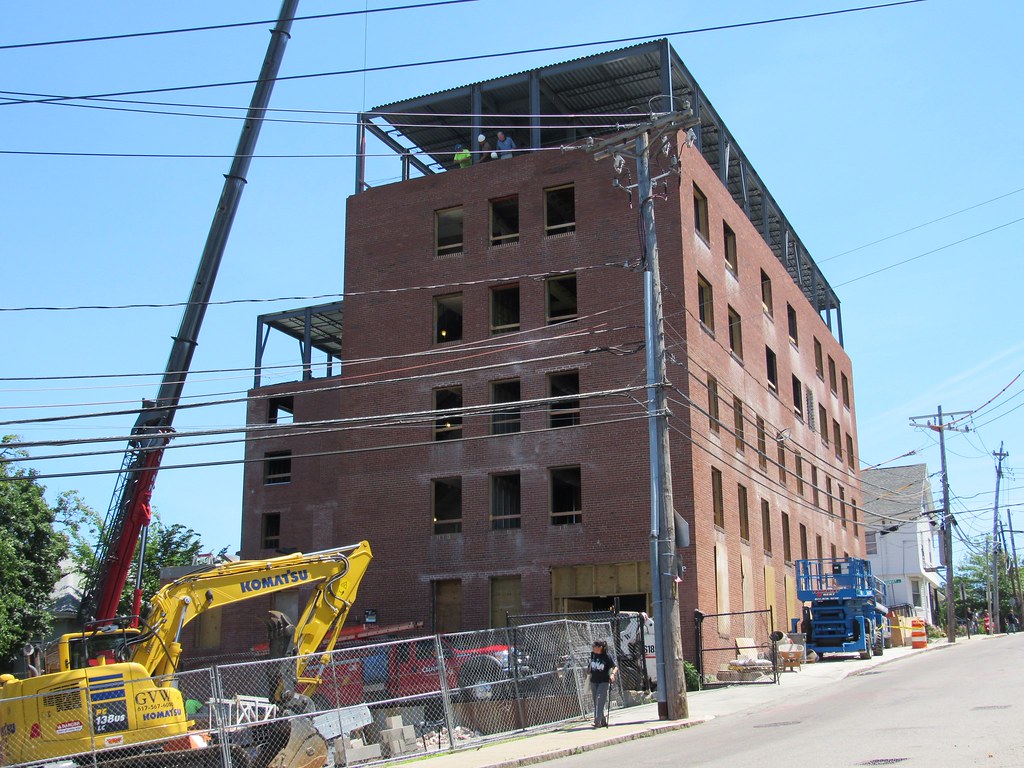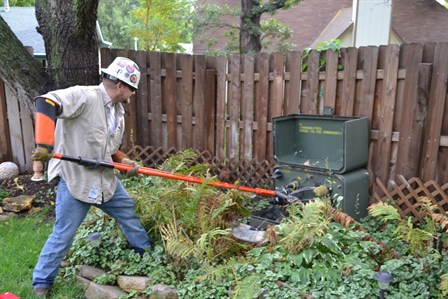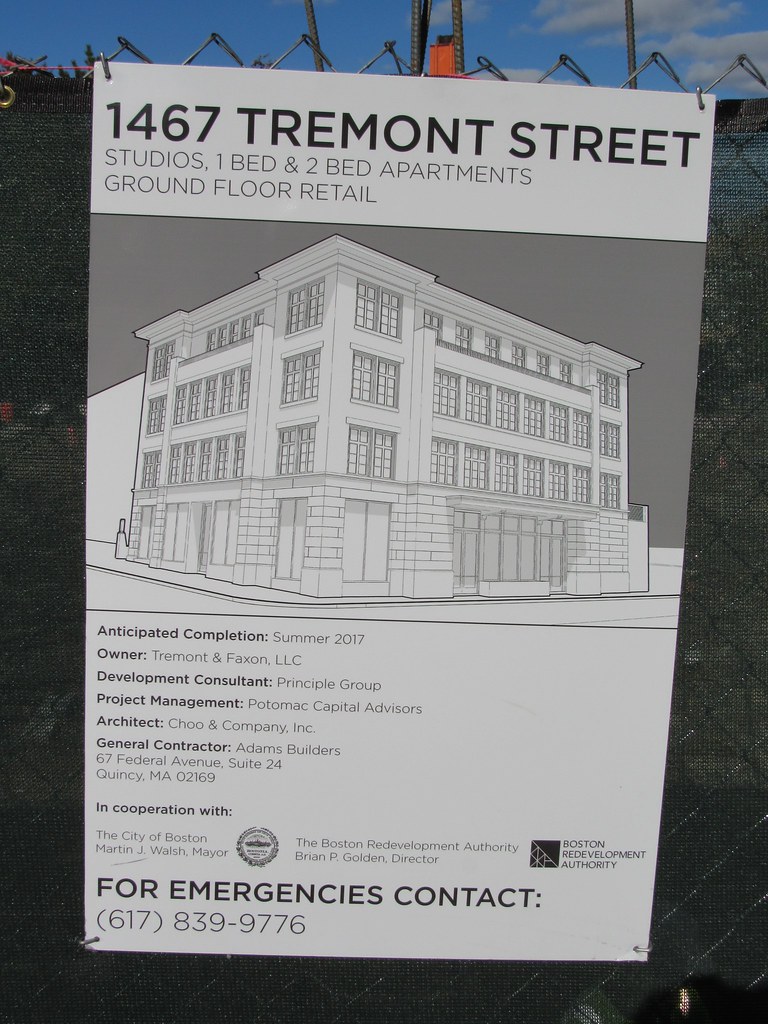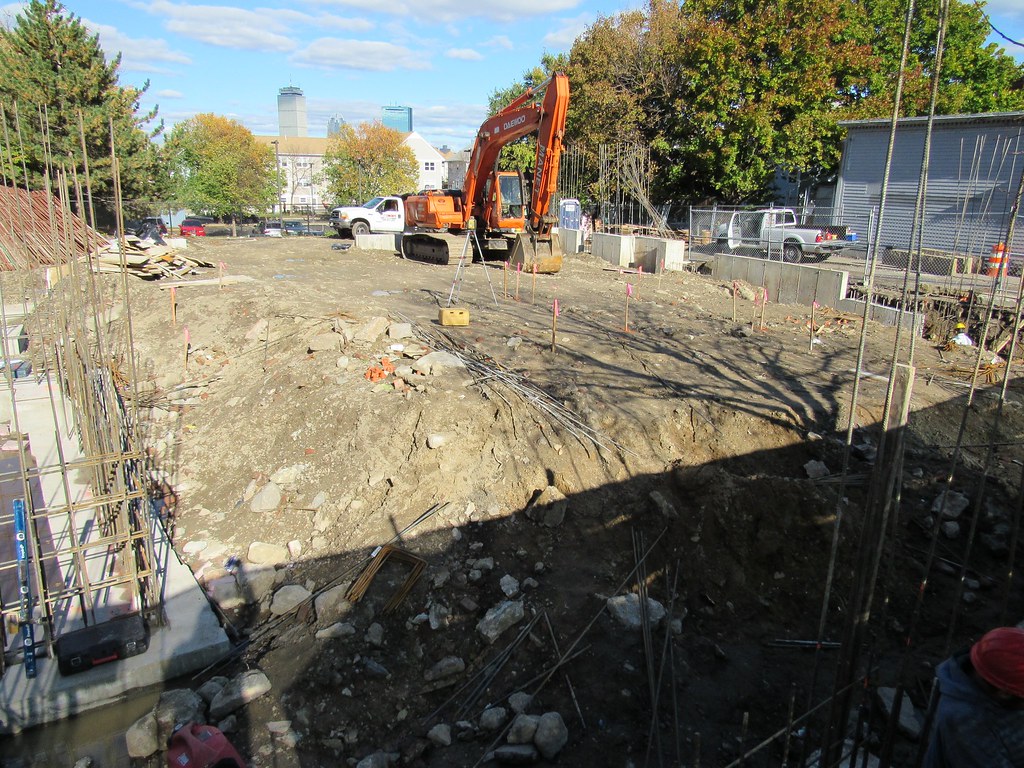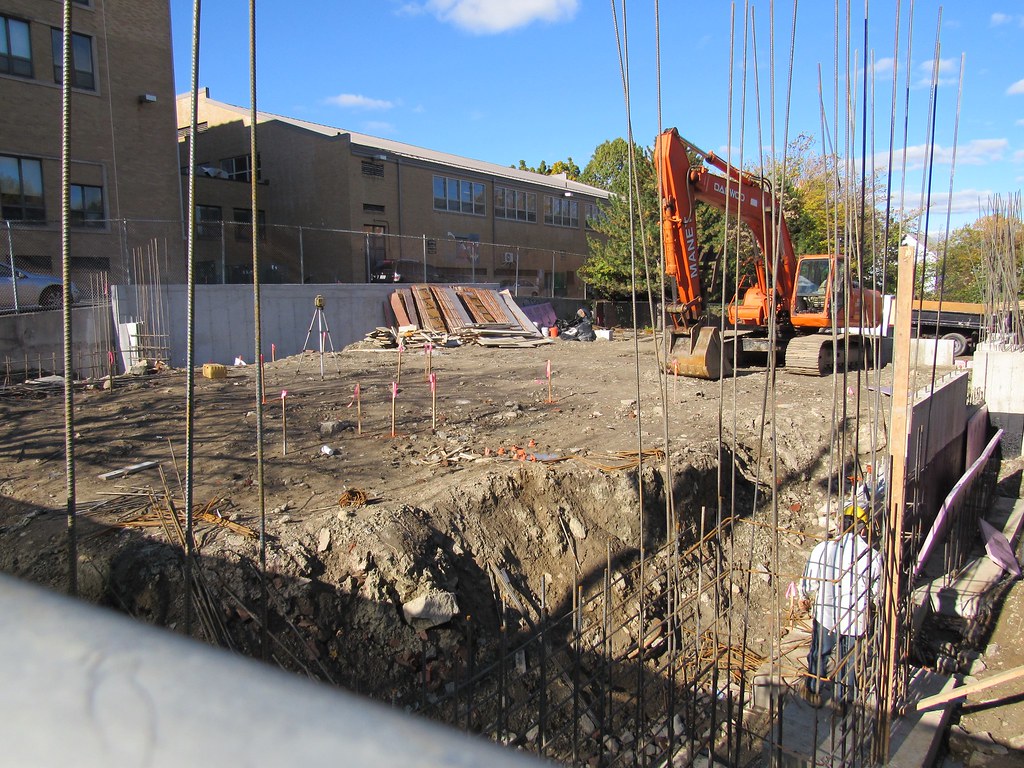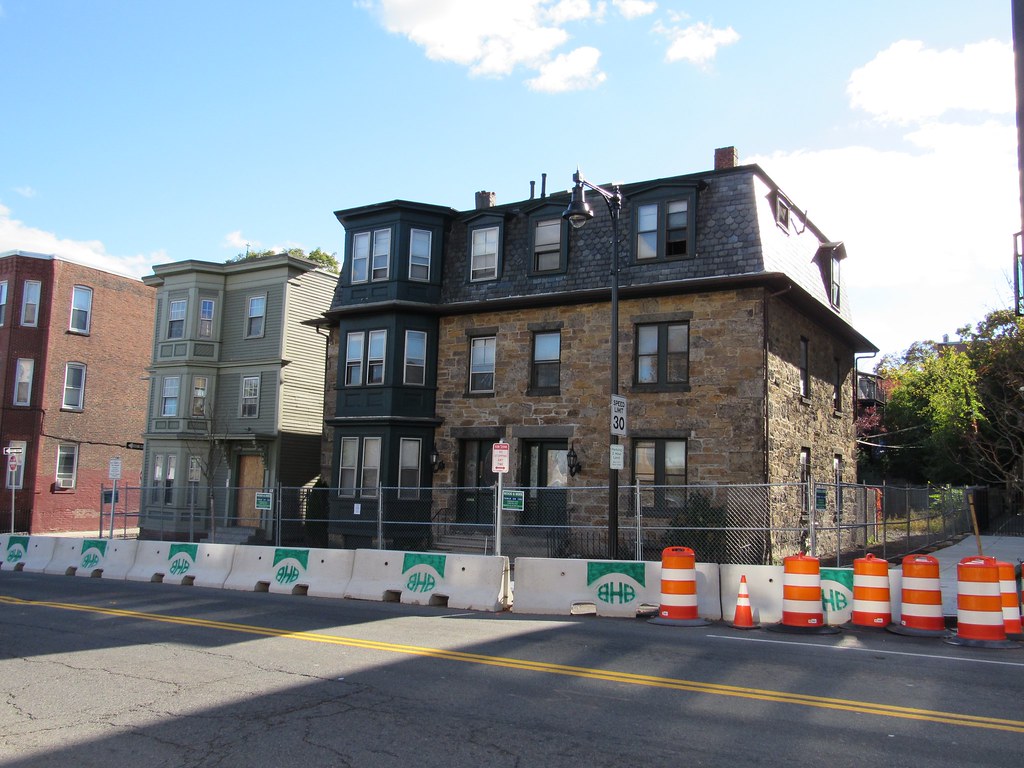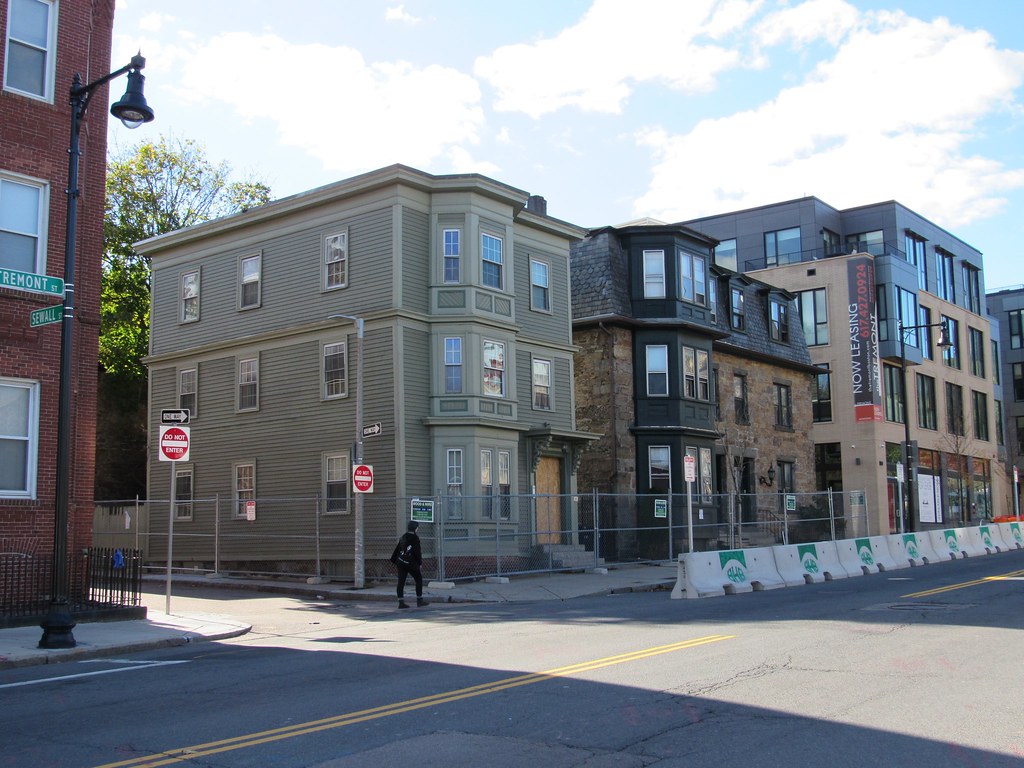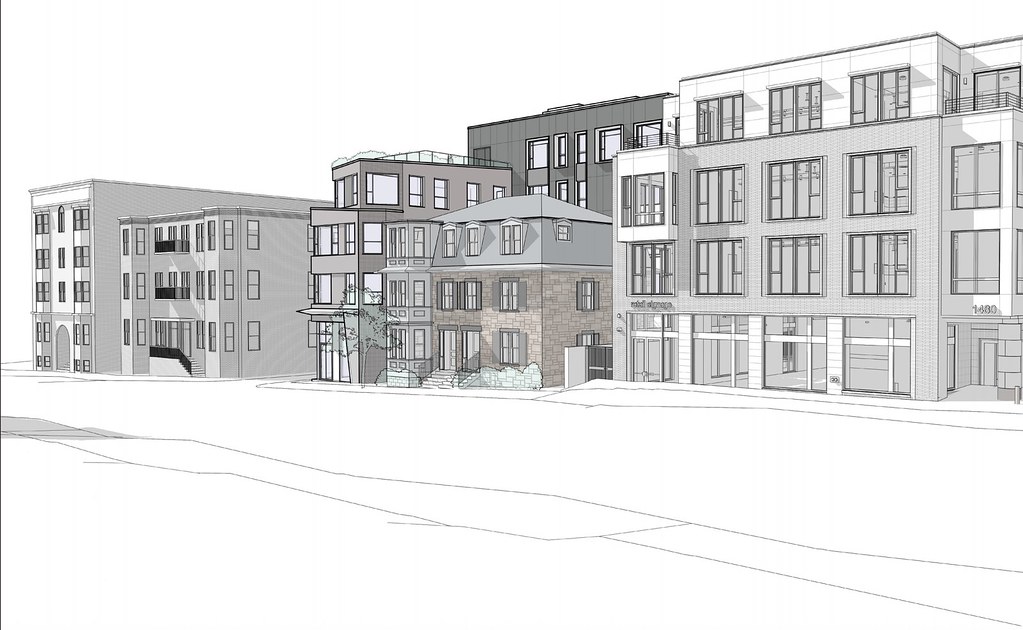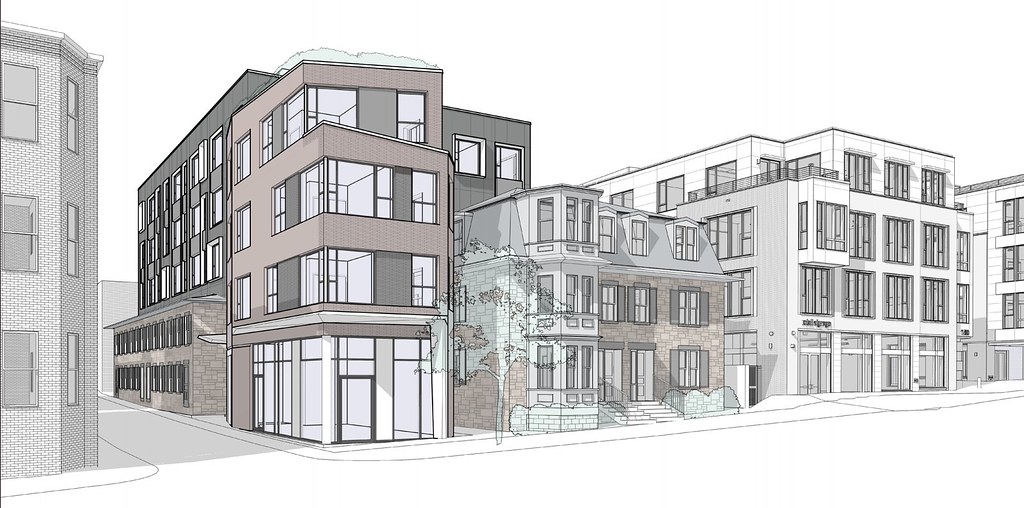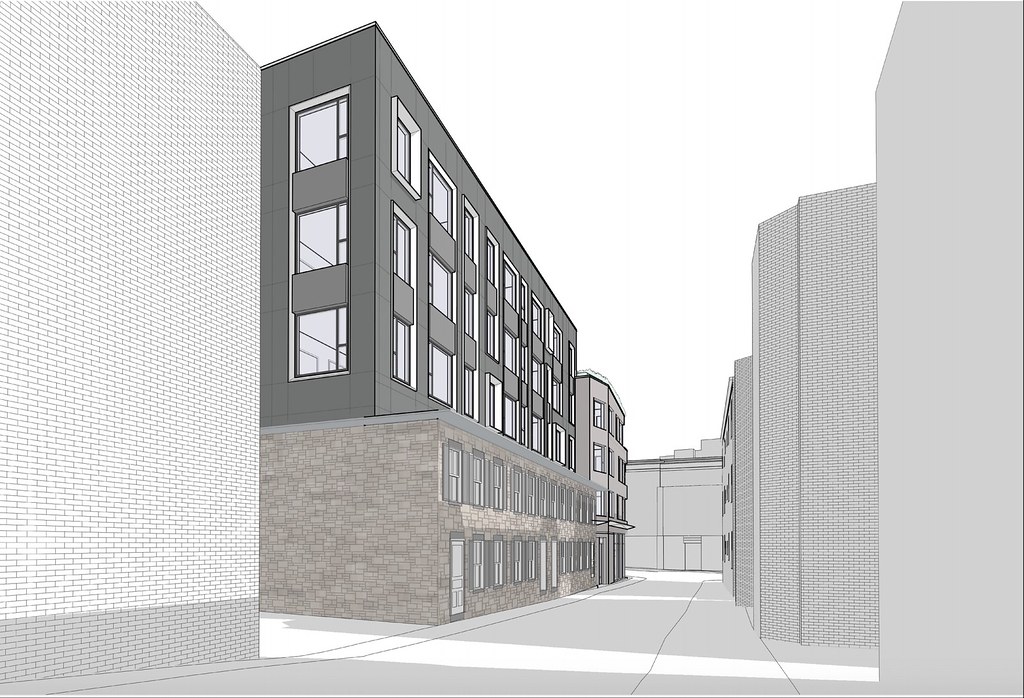Also, if contractors are not required to bury the damn things, why is there no electrical mess downtown and close to downtown? Surely, many developers would not put out the extra bucks to bury them. Is there a city ordinance that mandates that large projects bury any existing electrical?
Atlantaden -- Downtown is different than the suburban areas [even if within the city limits] mainly because of the mix of users.
The heavy users include: industrial, commercial, institutional, and now increasingly {Big} residential -- they can be characterized in terms of Peak and Average Demand and something quite esoteric called Power Factor. In nearly every case downtown, these users are supplied by a high voltage underground feed.
Big Users provide their own internal distribution and receive a high power, high voltage feed directly from the primary distribution network. Typically, the big user has one or more transformers and may have additional high voltage equipment. Most Big Users receive what is known as Polyphase AC [Tesla's major contribution] to power big motors. The Big User also is solely responsible to right-size things if demand changes substantially, and to do all the maintenance.
We can call the rest -- residential users including: single family, multifamily, small to medium sized shops and small offices -- aka small users. These are found both in lower density parts of cities and in suburbs. Their principal distinction is that the user directly receives a feed at the final voltages that they need. Typically this feed coming from a pole or underground from a local transformer [commonly the Big Green Box next to the sidewalk] is in the form of single phase [although there are often a pair] 120 VAC or 240 VAC for appliances consuming more than 1500 Watts [e.g. electric heat, stoves, dryers]. The Distribution Utility is responsible for everything upto the meter. Note Utilities do not much care for small users as the cost to service them [exclusive of the energy] is often as much or even more than the Big User.
The business of underground versus overhead is all about cost with a small bit of reliability and some regulatory.
The Regulatory -- mostly safety related -- High Voltage AC is DANGEROUS and so it has to be kept away from people -- commonly by putting it high on big tall poles out in the country side with nothing much below or even close to the center line of the ROW. Drive around near Totten Pond & Rt-128 in Waltham or take the T to Alewife and walk back toward Fresh Pond -- you will see High Voltage. However, we need high voltage to get lots of power in a compact form and so we need it in cities. Cities hide the HVAC in oil filled underground cables which connect between equipment either buried in a deep vault or inside a specialized building with nothing else in the building [e.g. Chauncey & Ave. Lafayette St] -- this is a substation.
https://goo.gl/maps/oFpoUpLjh3H2
In these facilities really high voltage high power cables terminate and a bunch ofd much lowwer but still high voltage cables spring forth. These cables travel manhole to manhole and occasionally have dramatic fires and even explosions.
A very large amount of money has been invested by Eversource in setting up a reliable and robust grid of smaller transformer vaults and switching vaults with a small number of the BIG Substations to provide the "juice" direct from the Transmission grid.
Bottom Line -- If you can easily be reached from an existing underground distribution line from a nearby manhole and you are Big Enough to take the high distribution voltage -- well you're in luck. Otherwise you will probably merit a wire coming from a transformer on a pole or in many newer suburban locations often a transformer in a big green box sitting on someone's lawn near the street.

